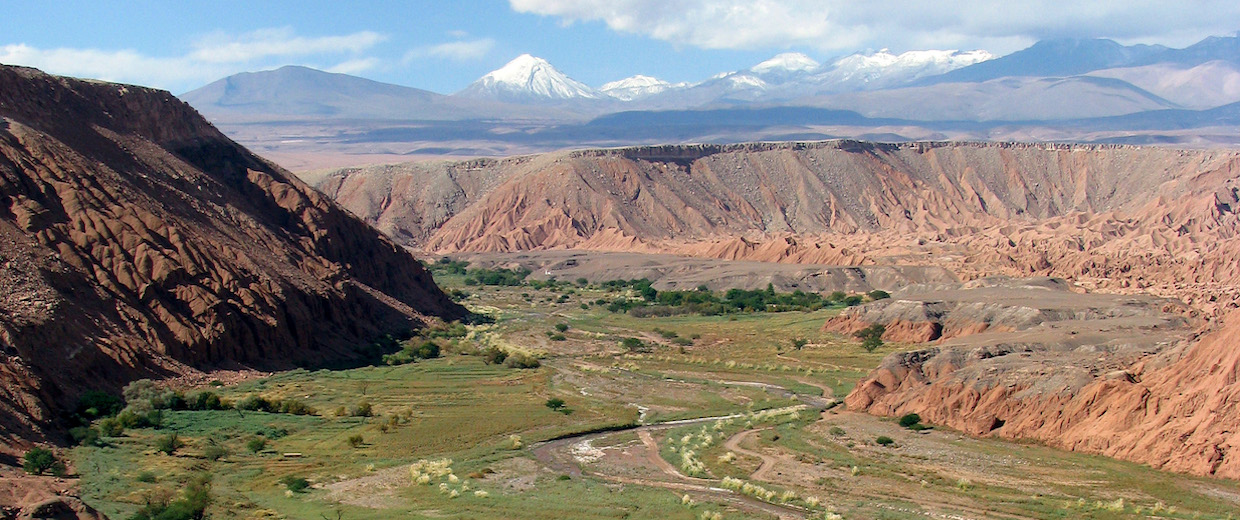
Geomorphology and geological landscape evolution
Study of the morphology of the physical landscape and its evolution, both in the geological past and in the future, in response to both natural and human-induced climate and environmental changes.
People
Clara Armaroli
Associate Professor
keywords:
Coastal Morphodynamics, Coastal geomorphology, Coastal risk (beach erosion and flooding), Dune system dynamics and
Read more
Francesco Brardinoni
Associate Professor
keywords:
Antrhopogenic disturbance; mountain drainage basins; sediment supply; sediment transport, landslides; debris flows;
Read more
Jo Hilaire Agnes De Waele
Full Professor
keywords:
Karst, geomorphology, speleology, hydrology, palaeoclimate
Federico Purri
PhD Student
Sonia Silvestri
Associate Professor
keywords:
remote sensing, eco-geomorphology, coastal geomorphology, peatlands, coastal vegetation